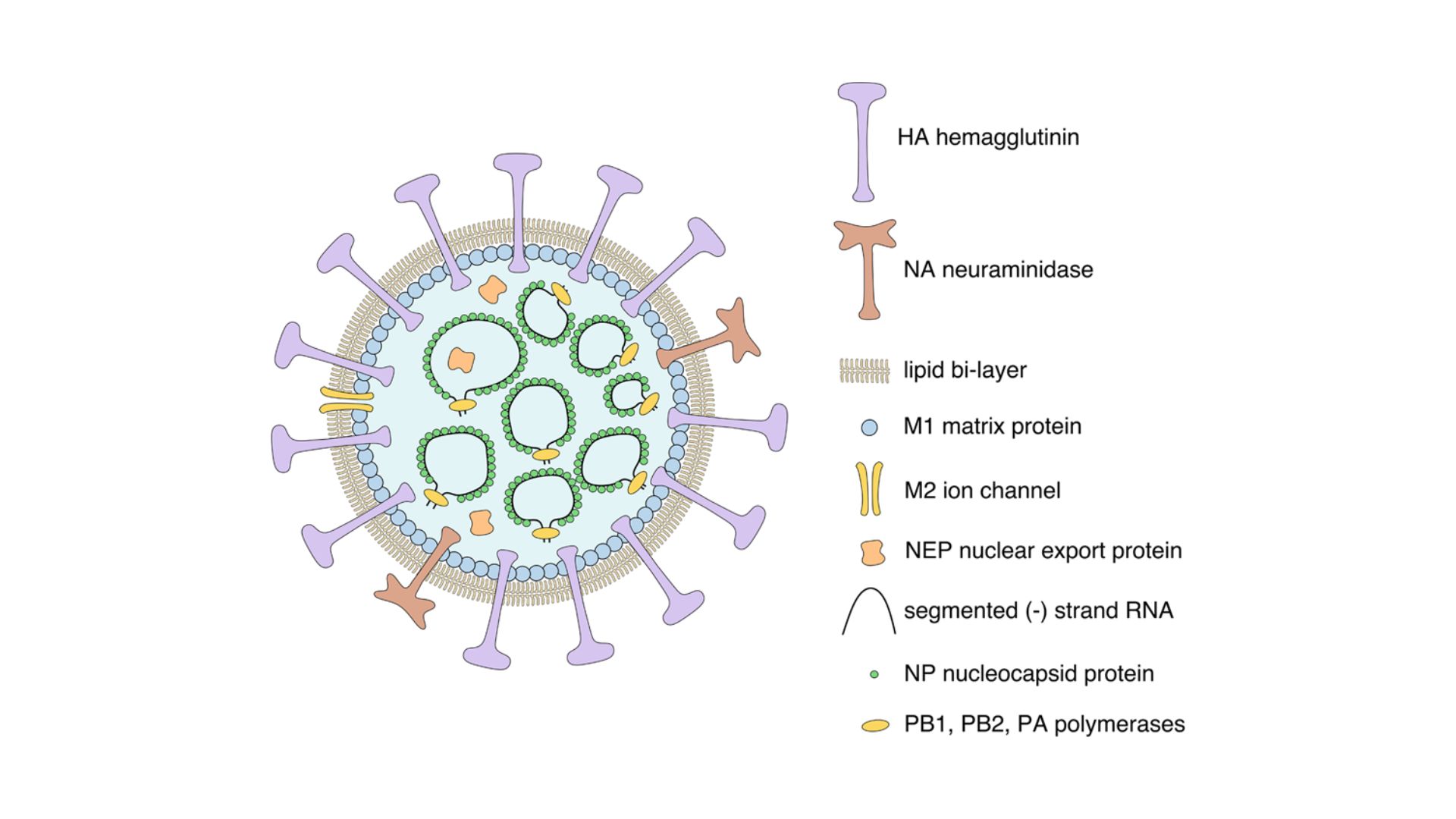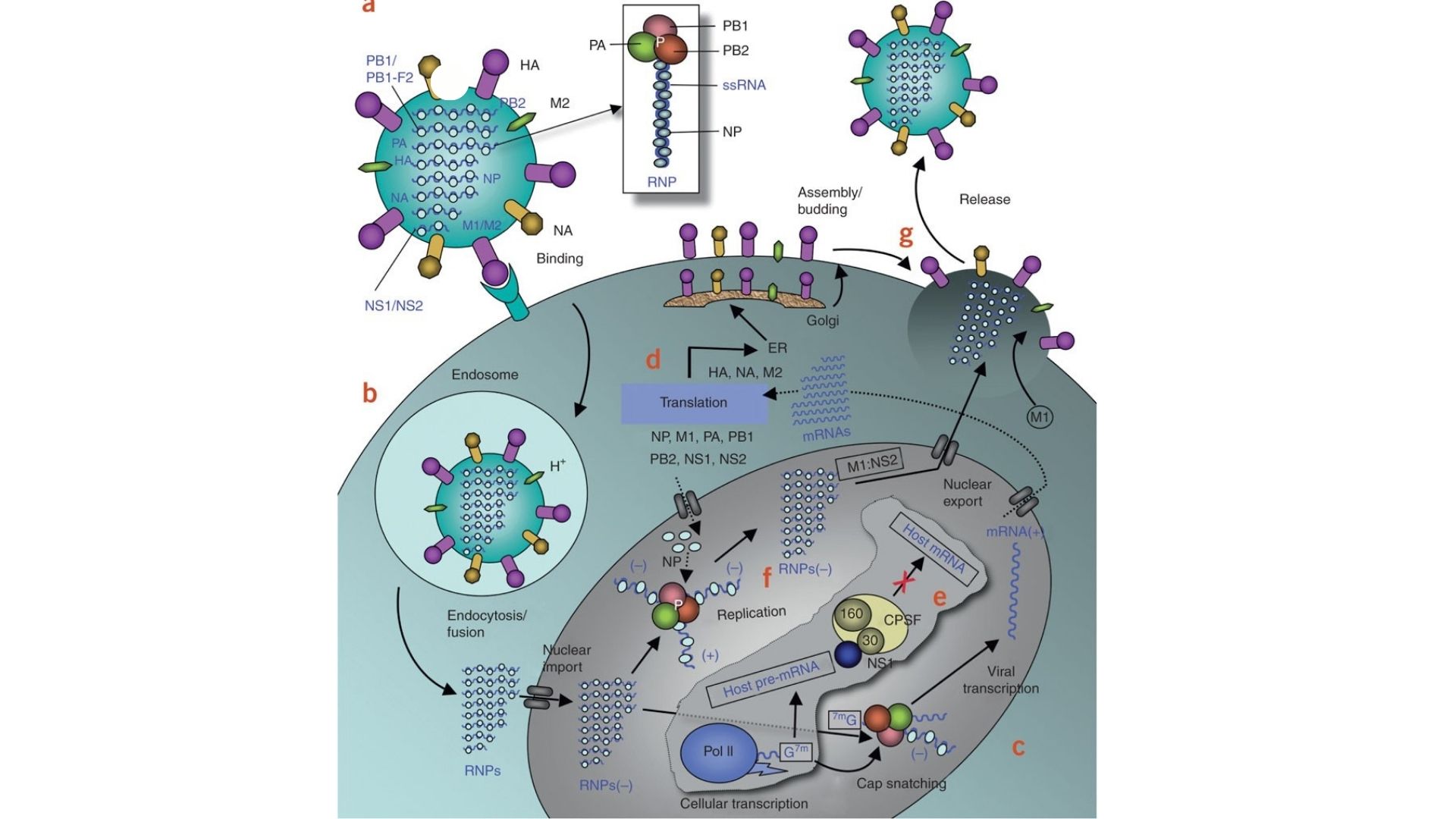
In the intricate world of virology, the dynamics between host organisms and infectious agents constantly shape the course of epidemics. One such noteworthy phenomenon is the interaction between necessary proteins and the influenza virus, where emerging research suggests that these proteins may play a pivotal role in enhancing the lethality of the virus.
In this article, we delve into the mechanisms behind this intricate relationship and explore the potential implications for public health.
Understanding Necessary Proteins
Necessary proteins, also known as essential proteins, are fundamental components required for the proper functioning of living organisms. These proteins are involved in a myriad of biological processes, from cellular structure and function to immune response and signal transduction.
While their importance in maintaining health is undeniable, recent studies have shed light on an unexpected connection between necessary proteins and the virulence of the influenza virus.
The Molecular Dance - How Proteins And Influenza Interact
At the molecular level, the influenza virus infiltrates host cells by hijacking cellular machinery. The virus relies on host proteins for replication and propagation, and here lies the crux of the matter. Necessary proteins, which are vital for the host's survival, inadvertently become accomplices in the virus's quest for lethality.
Exploiting The Host - The Trojan Horse Effect
The influenza virus, like a crafty infiltrator, manipulates necessary proteins to its advantage. These essential cellular components, unwittingly assisting the virus, become a sort of Trojan horse, providing the necessary tools and resources for the virus to replicate at an accelerated rate. This symbiotic relationship between the virus and host proteins creates a perfect storm for increased virulence.
Unraveling The Mechanisms
Researchers are actively investigating the specific mechanisms by which necessary proteins amplify the lethality of the influenza virus. One key focus is on the interaction between viral proteins and essential host factors. Understanding these interactions could pave the way for targeted interventions to disrupt the virus's ability to exploit necessary proteins, potentially mitigating the severity of influenza infections.
The Immune Conundrum
Beyond the direct impact on viral replication, the involvement of necessary proteins in the influenza virus lifecycle may also influence the host's immune response. Studies suggest that the virus's manipulation of essential proteins could lead to a dysregulated immune system, further compromising the host's ability to mount an effective defense. This immune conundrum not only exacerbates the severity of individual infections but also raises concerns about the potential for more widespread and severe influenza outbreaks.
Implications For Public Health
The revelation of a connection between necessary proteins and influenza lethality has significant implications for public health strategies. Traditional approaches to influenza prevention and treatment may need to be reevaluated to incorporate a deeper understanding of the host-virus interaction. Developing antiviral therapies that specifically target the hijacking of necessary proteins could emerge as a promising avenue for controlling influenza outbreaks.
Conclusion
As the puzzle of influenza virus lethality unfolds, the role of necessary proteins emerges as a critical piece in understanding the intricate dance between host and pathogen. Unraveling the mechanisms behind this interaction not only deepens our comprehension of influenza virulence but also opens new doors for innovative therapeutic strategies. The quest for solutions continues, with the hope that a more profound understanding of these molecular intricacies will lead to more effective interventions in the ongoing battle against influenza.
